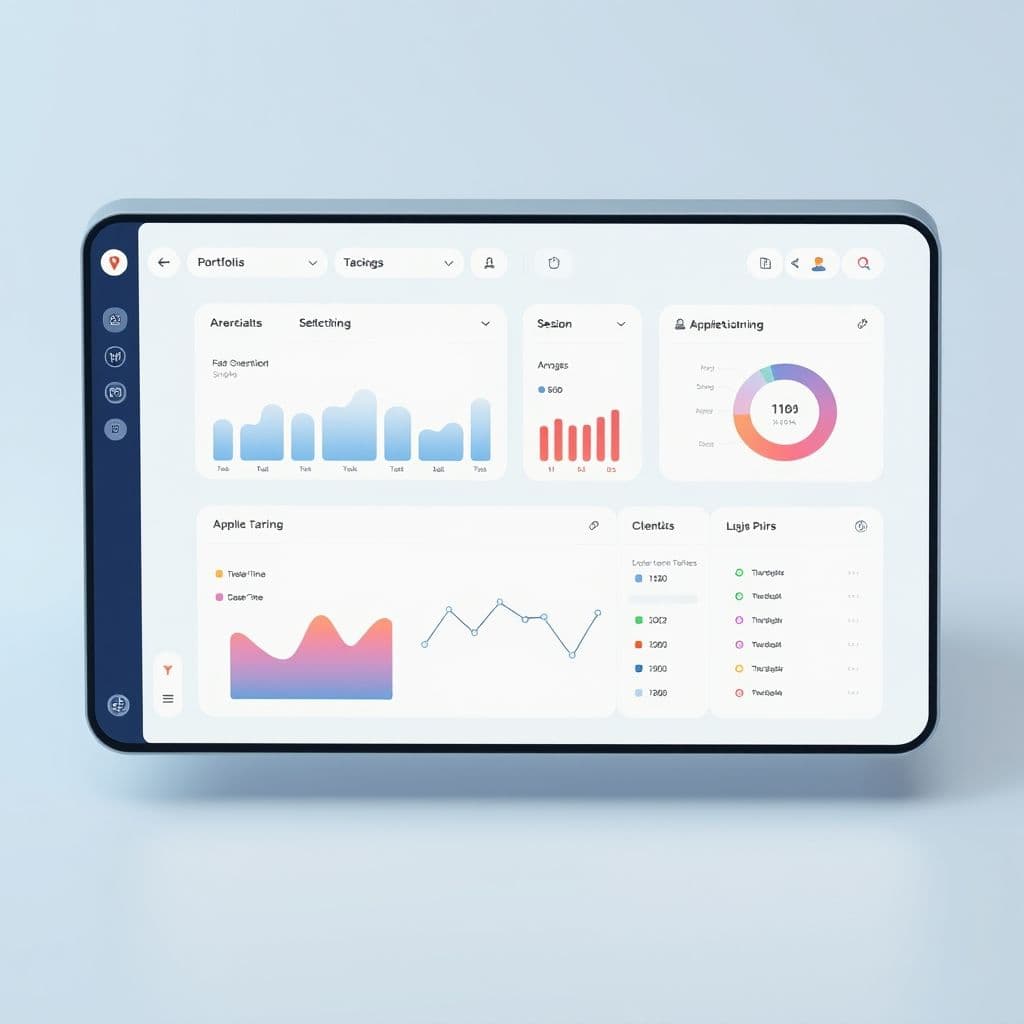Freelancer Struggles: How a SaaS Solution Could Revolutionize Client Acquisition

The freelance economy is booming, but many talented professionals are hitting a wall when it comes to finding consistent work. Despite having impressive skills and experience, freelancers across industries - from graphic designers to social media managers - are struggling with the exhausting cycle of cold outreach, platform hopping, and portfolio juggling. What if there was a better way?
The Freelancer's Dilemma: Why Client Acquisition Is Broken
The current system for freelancers to find work is fundamentally flawed. Talented professionals with years of experience report sending hundreds of applications with no responses. The process involves juggling multiple platforms (Upwork, Fiverr, Contra), maintaining various portfolio versions, and constantly reinventing outreach strategies. This leads to burnout before the first client is even secured.
Key pain points include: the time sink of platform hopping, difficulty showcasing diverse skills effectively, lack of application tracking, and the emotional toll of constant rejection without feedback. Many freelancers report feeling invisible in crowded marketplaces despite their qualifications.

A Potential SaaS Solution: Centralized Freelance Hub
Imagine a specialized SaaS platform designed specifically to solve these pain points. This hypothetical solution could combine the best elements of current platforms while adding unique features tailored to freelancers' real needs.
Core features might include: an adaptive portfolio system that automatically reformats content for different client types, smart application tracking with analytics, integrated outreach tools, and AI-powered matching that connects freelancers with ideal projects based on their skills and past performance.
The platform could differentiate itself by focusing on quality over quantity - helping freelancers make fewer but more targeted applications that actually get responses. Built-in templates and coaching could help overcome the 'imposter syndrome' many freelancers face when pitching their services.

Potential Benefits and Use Cases
For graphic designers: The platform could automatically adapt portfolios to show relevant work samples based on the client's industry. For writers: Built-in rate calculators and contract templates could streamline negotiations. For social media managers: Performance analytics could be integrated directly into their profile.
The system could help freelancers at all stages - from those just leaving their 9-5 jobs to seasoned professionals looking to scale. Special features might include transition tools for corporate employees moving to freelance work, helping them repurpose existing skills for the gig economy.
Conclusion
The freelance revolution needs better infrastructure. While current platforms serve some needs, there's clear demand for a solution that truly understands the freelancer's journey from first client to sustainable business. By focusing on quality connections rather than quantity of listings, such a platform could transform how independent professionals build their careers.
Frequently Asked Questions
- How would this SaaS platform differ from existing options like Upwork or Fiverr?
- Unlike general freelance marketplaces, this hypothetical solution would focus on the complete freelancer journey - from portfolio creation to client management. It would prioritize quality matches over quantity, offer built-in business tools, and provide actionable insights to improve success rates.
- What would prevent this from becoming another overcrowded platform?
- The conceptual design would include smart matching algorithms and possibly tiered access to maintain quality. Features like application limits with premium placement could ensure freelancers don't get lost in the noise while maintaining platform viability.
- How could freelancers transition from current platforms to this new system?
- The platform could offer migration tools to import existing profiles and work history. Integration APIs might allow syncing with other platforms initially, helping freelancers gradually shift their focus while maintaining existing income streams during transition.


